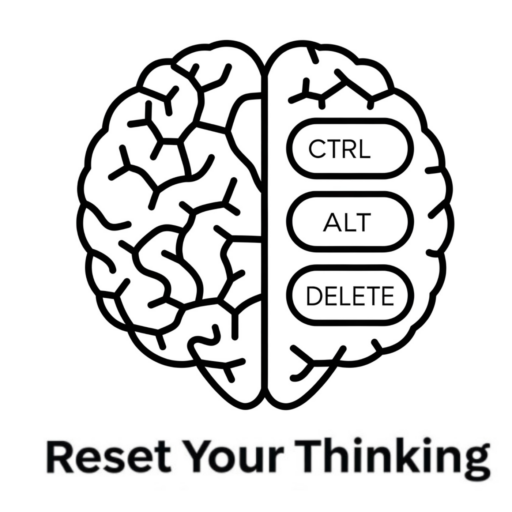“Now, Discover Your Strengths” by Marcus Buckingham
Core Theme: The book centers on the idea that personal and professional success and fulfillment are best achieved by focusing on and cultivating one’s strengths, rather than trying to fix weaknesses. The book offers tools and insights to identify, understand, and apply these strengths effectively.
Key Ideas and Concepts:
- Strengths vs. Weaknesses: The central argument is a shift from focusing on fixing weaknesses to amplifying strengths. The book emphasizes that while damage control of weaknesses is important, true excellence comes from developing strengths. “Damage control can prevent failure, but it will never elevate you to excellence.”
- Definition of Strength: A strength is defined as the ability to consistently provide near-perfect performance. Strengths are developed from underlying talents, knowledge, and skills. The “acid test” of a strength is the ability to do it repeatedly, happily, and successfully. “The acid test of a strength? The ability is a strength only if you can fathom yourself doing it repeatedly, happily, and successfully.”
- Talent: Talent is defined as “any recurring pattern of thought, feeling, or behavior that can be productively applied.” Talents are enduring and unique, rooted in the connections in your brain, formed early in life. These mental networks filter how we perceive and react to the world. “Your talents are those recurring patterns of thought, feeling, or behavior that you can productively apply.”
- Identifying Talents: The book suggests “stepping back and watching yourself” to identify talents. Look for activities you pick up quickly, become absorbed in, and lose track of time doing. Also, consider yearnings felt early in life, rapid learning experiences, and activities that bring satisfaction. Spontaneous reactions provide the clearest trace of your talents.
- The Uniqueness of Talents: Talents are unique to each individual due to the unique configuration of synapses in their brain. This explains why different people perceive the same situation differently. “Our “sense,” our recurring pattern of thought, feeling, or behavior, is caused by our unique mental network. This network serves as a filter, sorting and sifting the world we encounter, causing us to zero in on some stimuli and miss others entirely.”
- Talents drive decisions: The book discusses how even tiny decisions at work depend on the path of least resistance, our strongest talents. “Unable to intellectualize every minute decision, you are compelled to react instinctively. Your brain does what nature always does in situations such as this: It finds and follows the path of least resistance, your talents.”
- The Clifton StrengthsFinder: The book was likely written in support of the StrengthsFinder assessment, but the text doesn’t mention the assessment by name. It discusses the challenges of creating such an assessment, including avoiding obvious choices and ipsative scoring. The assessment uses paired statements designed to reveal patterns of thought, feeling, and behavior related to specific talents.
- Managing and Applying Strengths: The book delves into specific talent “themes” and how they manifest. Examples include:
- Achiever: A constant need for achievement and a feeling that every day starts at zero.
- Activator: Impatience for action and a belief that action is the best device for learning. “When can we start?”
- Analytical: Challenges others to “prove it” and seeks data to understand patterns and connections.
- Arranger: Enjoys managing complex situations and aligning variables for optimal productivity and effectiveness.
- Connectedness: A belief that things happen for a reason and that we are all connected, implying certain responsibilities.
- Context: Looks to the past to understand the present and make better decisions. “You look back because that is where the answers lie.”
- Deliberative: Careful and vigilant, anticipating risks and planning ahead.
- Developer: Sees potential in others and helps them experience success.
- Discipline: A need for predictability, order, and planned structure.
- Empathy: Can sense the emotions of others and understand the world through their eyes.
- Focus: Needs a clear destination and filters actions based on whether they contribute to the goal. “Where am I headed?”
- Futuristic: Fascinated by the future and inspired by visions of what could be. “Wouldn’t it be great if…”
- Ideation: Fascinated by ideas and the connections between seemingly disparate phenomena.
- Includer: Wants to include people and make them feel part of the group. “Stretch the circle wider.”
- Intellection: Enjoys thinking and mental activity, often spending time alone in reflection.
- Maximizer: Focuses on transforming something strong into something superb, rather than fixing weaknesses.
- Relator: Derives pleasure and strength from being around close friends and deepening relationships.
- Responsibility: Takes psychological ownership for commitments and feels emotionally bound to follow through.
- Restorative: Enjoys solving problems and bringing things back to life.
- Self-Assurance: Has faith in their strengths and judgment, and is not easily swayed by others.
- Significance: Wants to be recognized and appreciated for their unique strengths and craves achievement.
- Strategic: Able to see the consequences before anyone else can.
- Woo: Enjoys meeting new people and getting them to like you. “Winning others over.”
- Addressing Weaknesses: The book advises designing a support system to neutralize weaknesses, rather than trying to directly fix them. This frees up time and energy to focus on strengths. “Design a support system. Every morning before Kevin L. puts on his shoes, he takes a moment to imagine himself painting the word “What” on his left shoe and the word “If” on his right. This odd little ritual is his support system for managing around a potentially devastating weakness.”
- Common Questions and Obstacles: The document ends with a list of frequently asked questions regarding the StrengthsFinder and the building of strengths. It lists some obstacles to building strengths, including the fear of one’s true self and a feeling of inadequacy.
- Breaking Free from Shoulds: The document emphasizes that by discovering one’s talents, one can withstand the pressure of external “shoulds” and pursue a more authentic path aligned with their natural strengths.
Implications:
- For Individuals: Focus on identifying and developing your talents into strengths. Be aware of your weaknesses and design systems to manage around them. Seek roles and environments where you can use your strengths daily.
- For Managers: Understand the strengths of your team members and create opportunities for them to leverage those strengths. Provide support systems to help them manage their weaknesses. Tailor your communication and management style to suit each individual’s unique talents.
This briefing document provides a high-level overview of the core concepts and key ideas presented in the excerpts.
RYT Podcast is a passion product of Tyler Smith, an EOS® Implementer (more at IssueSolving.com). All Podcasts are derivative works created by AI from publicly available sources. Copyright 2025 All Rights Reserved.

